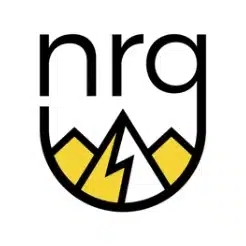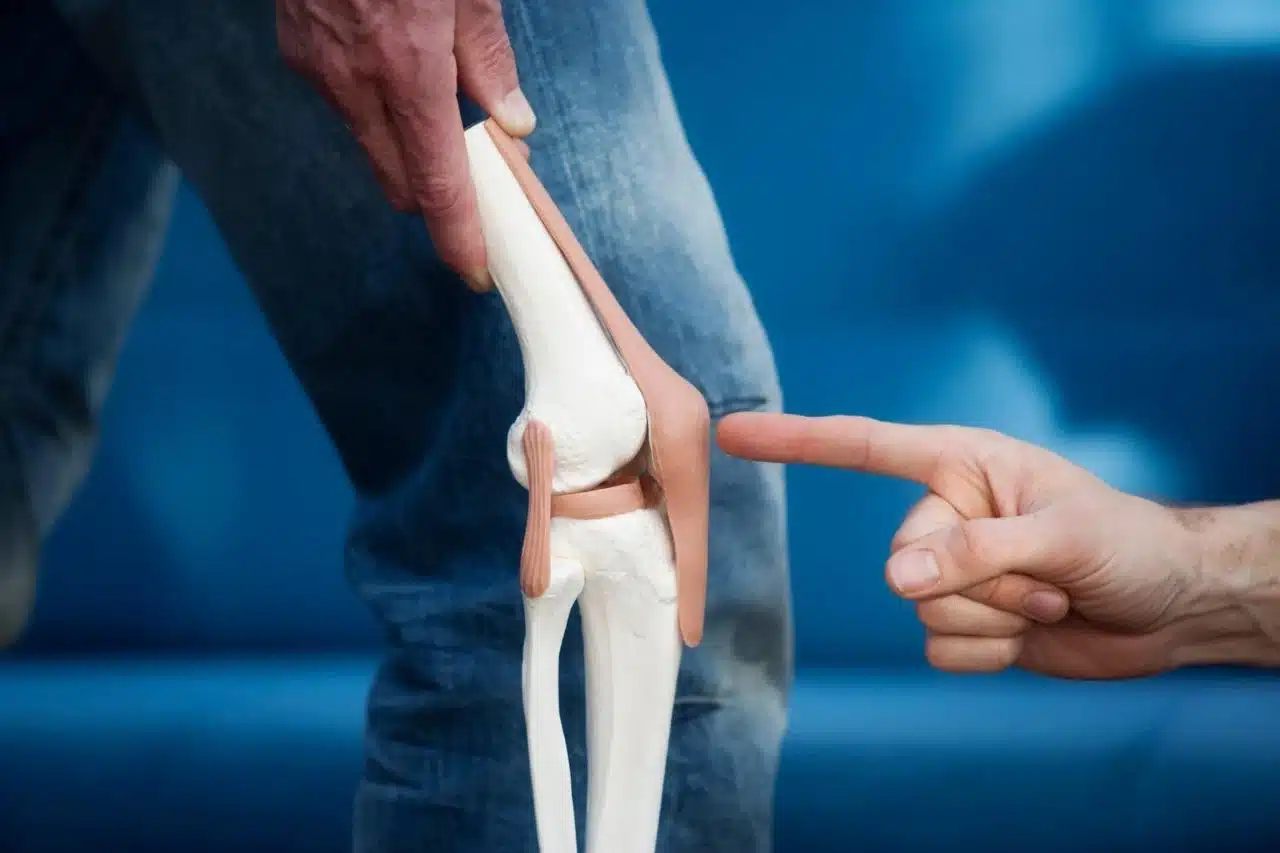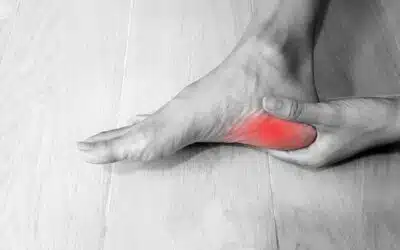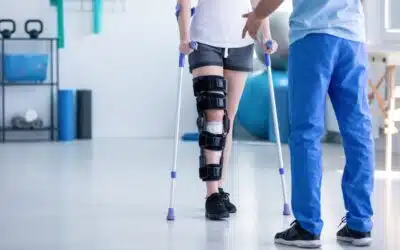I. Introduction
Osteoarthritis is a common condition that affects millions of people around the world. It is a degenerative joint disease that causes the cartilage in the joints to wear down over time, leading to pain, stiffness, and reduced mobility. While osteoarthritis can occur in any joint, it is most commonly found in the hips and knees.
Hip and knee osteoarthritis are major causes of disability and can significantly impact a person’s quality of life. The prevalence of hip and knee osteoarthritis is increasing globally, with an estimated 302 million people affected by the condition worldwide. In the United States alone, over 32.5 million adults have osteoarthritis, and it is estimated that by 2040, 78 million people will be affected.
The purpose of this article is to explore the role of physiotherapy in managing hip and knee osteoarthritis. While several conventional treatments are available for osteoarthritis, physiotherapy is a safe and effective way to manage the symptoms of the condition and improve a person’s overall quality of life. By examining the benefits of physiotherapy and specific techniques used in treatment, we hope to provide a better understanding of how physiotherapy can help those with hip and knee osteoarthritis. Ultimately, the goal of this article is to raise awareness of the importance of physiotherapy in osteoarthritis management and encourage those with the condition to seek out this valuable treatment option.
II. Symptoms and diagnosis of hip and knee osteoarthritis
Hip and knee osteoarthritis can cause a wide range of symptoms, which can vary depending on the severity of the condition. Common symptoms of hip and knee osteoarthritis include:
- Pain in the affected joint, which may worsen with activity or after sitting for extended periods
- Stiffness in the joint, especially after periods of inactivity
- Reduced range of motion in the joint, which may make it difficult to perform daily activities
- Swelling or tenderness around the joint
- A crunching or popping sensation when moving the joint
Diagnosis of hip and knee osteoarthritis typically involves a physical exam and a review of a person’s medical history. A healthcare provider may check for joint tenderness, range of motion, and signs of joint deformity during the physical exam. They may also order imaging tests, such as X-rays or magnetic resonance imaging (MRI), to confirm the diagnosis and assess the severity of the condition. In some cases, joint fluid analysis may be performed to rule out other potential causes of joint pain.
It’s important to note that not all people with hip and knee osteoarthritis experience symptoms, and some may have minimal symptoms that do not interfere with their daily activities. However, even mild symptoms of osteoarthritis should not be ignored, as early intervention can help slow the progression of the condition and improve outcomes. If you are experiencing joint pain, stiffness, or reduced range of motion, it’s important to speak with your healthcare provider to determine the cause and appropriate treatment options.

III. Causes of hip and knee osteoarthritis
Hip and knee osteoarthritis can have multiple causes, which can include a combination of factors such as age, genetics, joint injury, overuse, and lifestyle factors. Below are some of the most common causes of hip and knee osteoarthritis:
- Age and genetics: As people age, the risk of developing hip and knee osteoarthritis increases. This is because, over time, the cartilage that cushions the joints can begin to wear down. Genetics can also play a role in the development of osteoarthritis, as some people may inherit genes that make them more susceptible to the condition.
- Joint injury and overuse: Joint injuries, such as fractures or ligament tears, can increase the risk of developing hip and knee osteoarthritis later in life. Additionally, overuse of the joints, such as repetitive stress from certain physical activities or occupations, can contribute to the development of osteoarthritis.
- Obesity and lifestyle factors: Being overweight or obese can increase the risk of developing hip and knee osteoarthritis, as excess weight places additional stress on the joints. Lifestyle factors such as a sedentary lifestyle, poor nutrition, and smoking may also increase the risk of osteoarthritis.
It’s important to note that while these factors can increase the risk of developing osteoarthritis, not everyone who experiences them will develop the condition. Additionally, there may be other factors that contribute to the development of hip and knee osteoarthritis that are not fully understood. However, by understanding the potential causes of osteoarthritis, individuals can take steps to reduce their risk and manage their symptoms.
IV. Conventional treatments for hip and knee osteoarthritis
While there is no cure for hip and knee osteoarthritis, several conventional treatments can help manage symptoms and improve quality of life. These treatments can include medication, injections, and surgery.
- Medications: Several types of medications may be used to manage the pain and inflammation associated with hip and knee osteoarthritis. These may include over-the-counter pain relievers such as acetaminophen or nonsteroidal anti-inflammatory drugs (NSAIDs), prescription-strength pain relievers, and topical medications that are applied directly to the skin.
- Injections: Corticosteroid injections can be used to reduce inflammation and pain in the affected joint. Hyaluronic acid injections, which are also known as viscosupplementation, can help lubricate the joint and reduce pain.
- Surgery: In cases where other treatments have been ineffective, surgery may be recommended. Hip and knee replacement surgeries are common procedures used to treat severe hip and knee osteoarthritis. During these procedures, the damaged joint is replaced with an artificial joint made of metal and plastic.
It’s important to note that these treatments may not be appropriate for everyone, and the best course of treatment may vary depending on the severity of the condition and a person’s overall health. Additionally, these treatments may not address all the underlying causes of hip and knee osteoarthritis, such as joint injury or obesity. As such, many people with hip and knee osteoarthritis may benefit from alternative treatments such as physiotherapy, which can help improve mobility and reduce pain without the use of medication or surgery.
V. The role of physiotherapy in managing hip and knee osteoarthritis
Physiotherapy is a safe and effective treatment option for managing the symptoms of hip and knee osteoarthritis. It can help improve joint function, reduce pain, and improve the quality of life for people with the condition. Below are some of the key aspects of physiotherapy in managing hip and knee osteoarthritis.
- Goals of physiotherapy: The primary objectives of physiotherapy for hip and knee osteoarthritis are to reduce pain and stiffness, improve mobility and function, and help people maintain an active lifestyle. By addressing these goals, physiotherapy can help people with hip and knee osteoarthritis live more comfortable and active lives.
- Different types of physiotherapy for osteoarthritis management: Several different types of physiotherapy can be used to manage hip and knee osteoarthritis.
- Benefits of physiotherapy for osteoarthritis patients: There are many benefits to incorporating physiotherapy into the management of hip and knee osteoarthritis, including:
- Reduced pain and stiffness in the affected joint
- Improved joint function and mobility
- Reduced risk of falls and injuries
- Improved overall quality of life
- Reduced need for medication or surgery
In conclusion, physiotherapy is an important component of the management of hip and knee osteoarthritis. By setting goals and incorporating different types of physiotherapy into treatment, people with hip and knee osteoarthritis can experience reduced pain, improved function and mobility, and enhanced quality of life.
VI. Specific physiotherapy techniques for hip and knee osteoarthritis
There are several specific physiotherapy techniques that can be used to manage the symptoms of hip and knee osteoarthritis. These techniques are designed to improve joint function, reduce pain, and improve the quality of life for people with the condition. Below are some of the most commonly used physiotherapy techniques for hip and knee osteoarthritis.
- Strengthening exercises: Strengthening exercises are designed to help improve the strength of the muscles around the affected joint. This can help reduce pain and improve joint stability, which can, in turn, improve mobility and function. Examples of strengthening exercises for hip and knee osteoarthritis may include leg curls, leg presses, and squats.
- Range-of-motion exercises: Range-of-motion exercises are designed to help improve joint flexibility and mobility. These exercises may involve moving the joint through a full range of motion or holding the joint in a particular position for a period of time. Examples of range-of-motion exercises for hip and knee osteoarthritis may include leg swings, heel slides, and knee extensions.
- Aquatic therapy: Aquatic therapy involves performing exercises in a pool or other body of water. The buoyancy of the water helps reduce stress on the affected joint, making it easier to perform exercises without causing pain or discomfort. Examples of aquatic therapy exercises for hip and knee osteoarthritis may include water walking, leg lifts, and water aerobics.
- Manual therapy: Manual therapy involves hands-on techniques that are designed to improve joint function and reduce pain. This may include massage, mobilization, or manipulation of the affected joint. Manual therapy can help improve joint mobility and reduce muscle tension, which can help reduce pain and improve function.
- Assistive devices: Assistive devices, such as braces, crutches, or canes, can help reduce stress on the affected joint and improve mobility. These devices can help distribute weight more evenly across the joint, reducing the risk of further damage and improving function.
It’s important to note that not all physiotherapy techniques may be appropriate for everyone with hip and knee osteoarthritis. The best course of treatment will vary depending on the severity of the condition, a person’s overall health, and other factors. A healthcare provider or physiotherapist can help determine the most appropriate treatment plan for each individual.

VII. Integrative approach to osteoarthritis management
While physiotherapy is an important treatment option for managing hip and knee osteoarthritis, an integrative approach that combines multiple modalities can be even more effective. By combining physiotherapy with other treatments and lifestyle modifications, people with osteoarthritis can experience improved outcomes and an improved quality of life. Below are some examples of how an integrative approach can be used to manage hip and knee osteoarthritis.
- Combining physiotherapy with other modalities such as acupuncture or chiropractic care: Acupuncture and chiropractic care can be used alongside physiotherapy to help manage the symptoms of hip and knee osteoarthritis. Acupuncture involves the insertion of thin needles into specific points on the body to stimulate healing and reduce pain, while chiropractic care involves the manipulation of the spine and joints to reduce pain and improve function.
- Importance of lifestyle modifications such as weight loss and healthy diet: Lifestyle modifications can be an effective way to manage the symptoms of hip and knee osteoarthritis. For example, maintaining a healthy weight can reduce stress on the affected joint, while a healthy diet can provide the nutrients necessary for joint health. Additionally, regular exercise can help improve joint function and reduce pain.
By combining physiotherapy with other modalities and lifestyle modifications, people with hip and knee osteoarthritis can experience a more comprehensive and effective approach to managing the condition. It’s important to work with a healthcare provider or physiotherapist to develop a treatment plan that is tailored to each individual’s needs and goals.
VIII. Conclusion
In conclusion, physiotherapy is an essential component of managing hip and knee osteoarthritis. Physiotherapy can help people with hip and knee osteoarthritis live a more comfortable and fulfilling life by addressing pain, improving function, and promoting an active lifestyle. In addition to physiotherapy, an integrative approach that combines multiple modalities and lifestyle modifications can help optimize outcomes.
As research in physiotherapy continues to evolve, there is promising evidence for new and innovative treatments for hip and knee osteoarthritis. At Northwest Rehab, we specialize in providing personalized physiotherapy services to people with hip and knee osteoarthritis. Our team of licensed physiotherapists utilizes the latest research and techniques to develop individualized treatment plans that are tailored to each person’s unique needs and goals.
If you or a loved one is living with hip and knee osteoarthritis, don’t hesitate to contact Northwest Rehab to learn more about how physiotherapy can help. We are committed to helping people with osteoarthritis live their best life possible, and we look forward to working with you to achieve your goals.
Book and online references that can be used in this article:
- “Osteoarthritis.” Centers for Disease Control and Prevention. https://www.cdc.gov/arthritis/basics/osteoarthritis.htm
- Roos, Ewa M. “Effectiveness and practice of physiotherapy in knee and hip osteoarthritis: a systematic review and meta-analysis.” British Journal of Sports Medicine 50.13 (2016): 839-847.
- Fransen, Marlene, et al. “Exercise for osteoarthritis of the hip.” Cochrane Database of Systematic Reviews (2014).
- Zhang, Weiya, et al. “EULAR evidence-based recommendations for the management of hip osteoarthritis: report of a task force of the EULAR standing committee for international clinical studies including therapeutics (ESCISIT).” Annals of the Rheumatic Diseases 69.3 (2010): 439-445.
- “Chiropractic.” National Center for Complementary and Integrative Health. https://www.nccih.nih.gov/health/chiropractic-in-depth
- “Osteoarthritis” Arthritis Foundation. https://www.arthritis.org/diseases/osteoarthritis






0 Comments